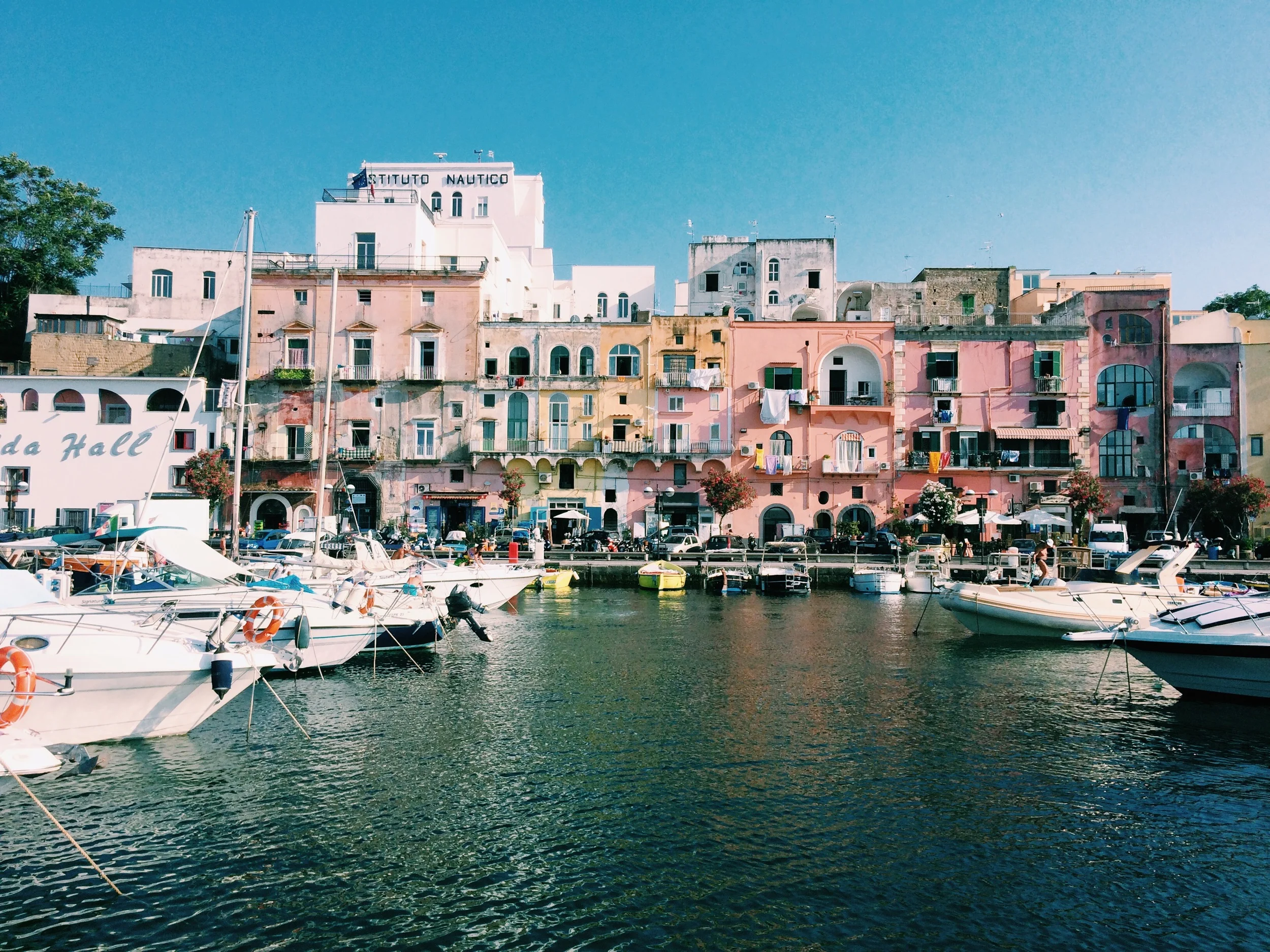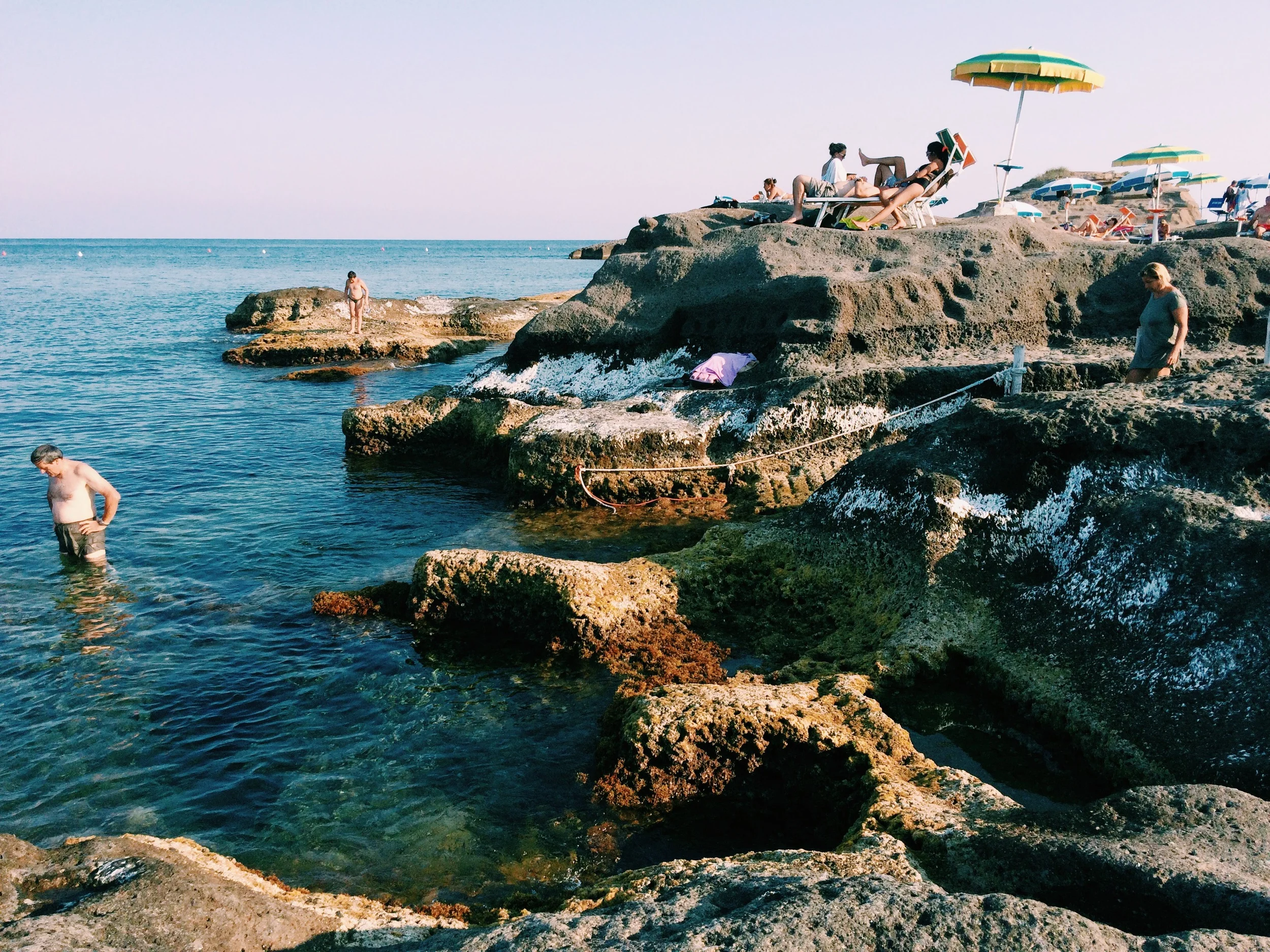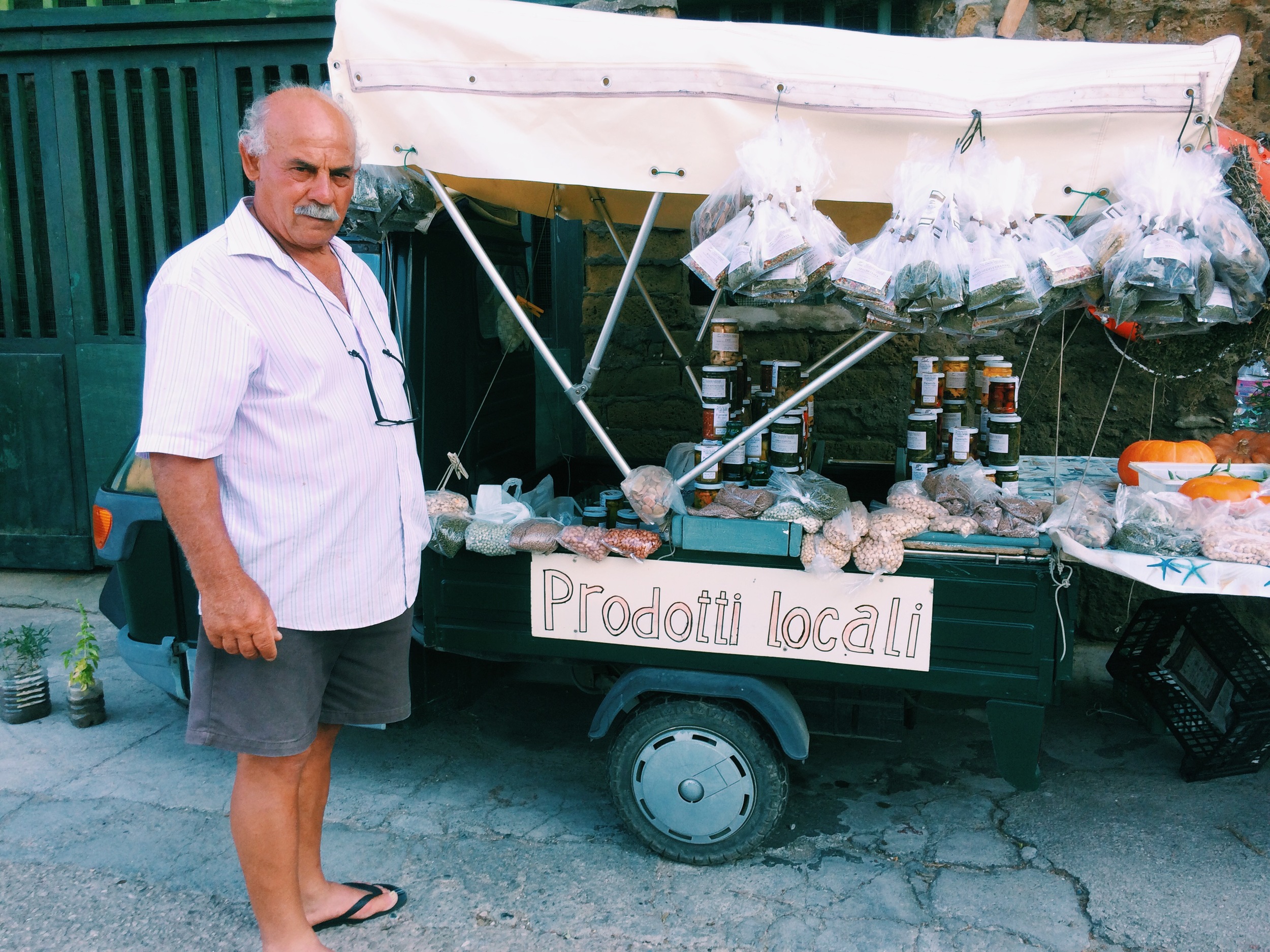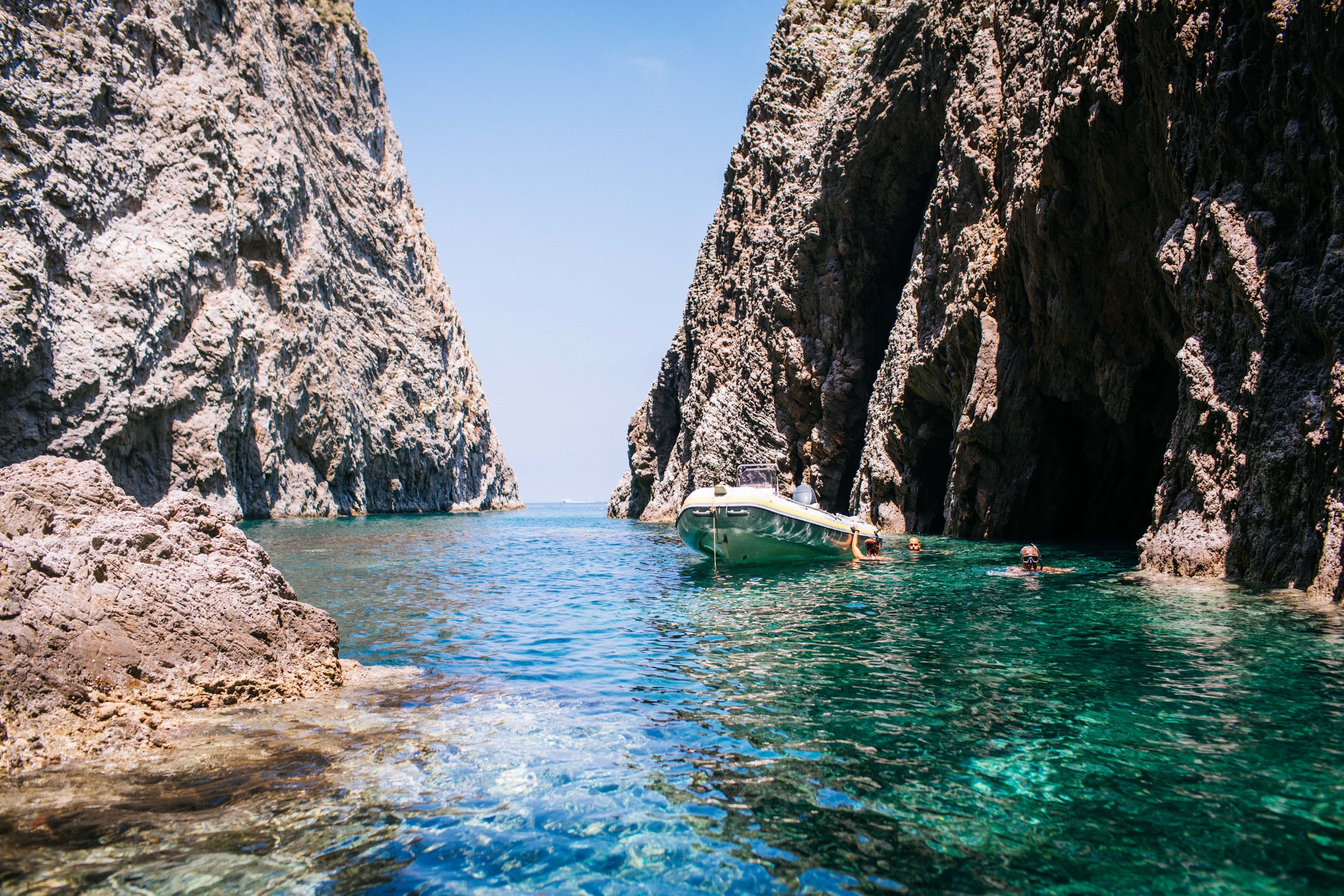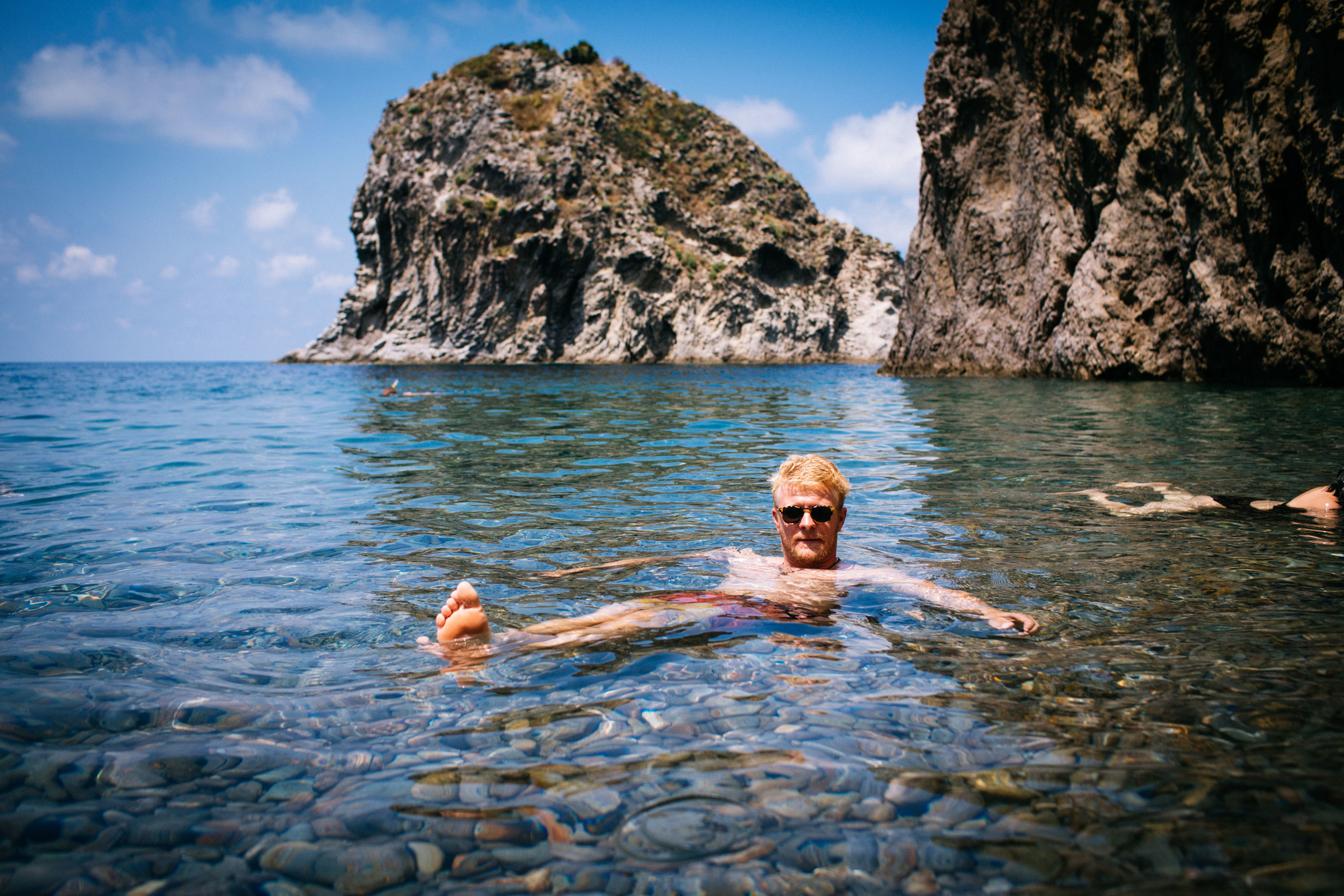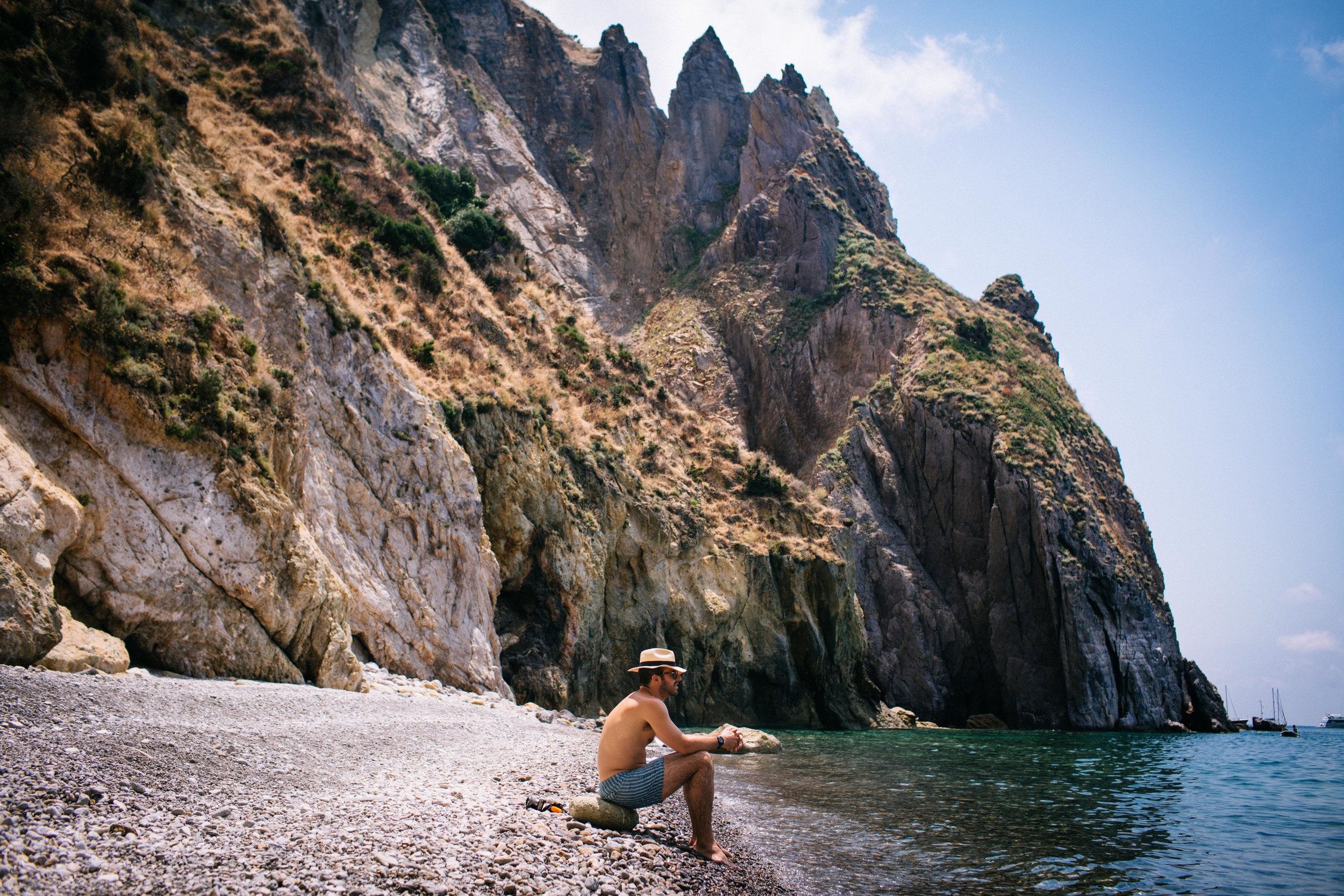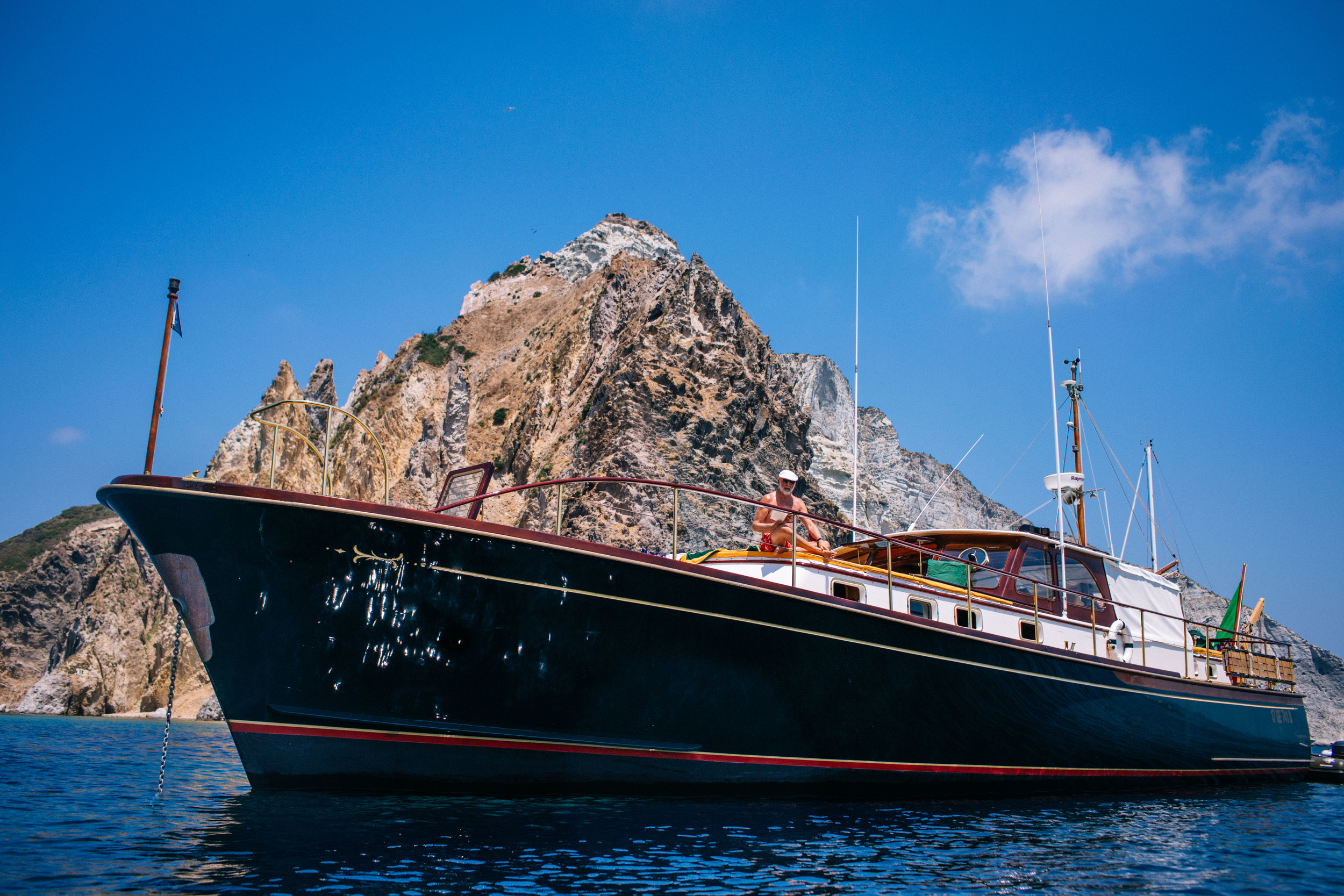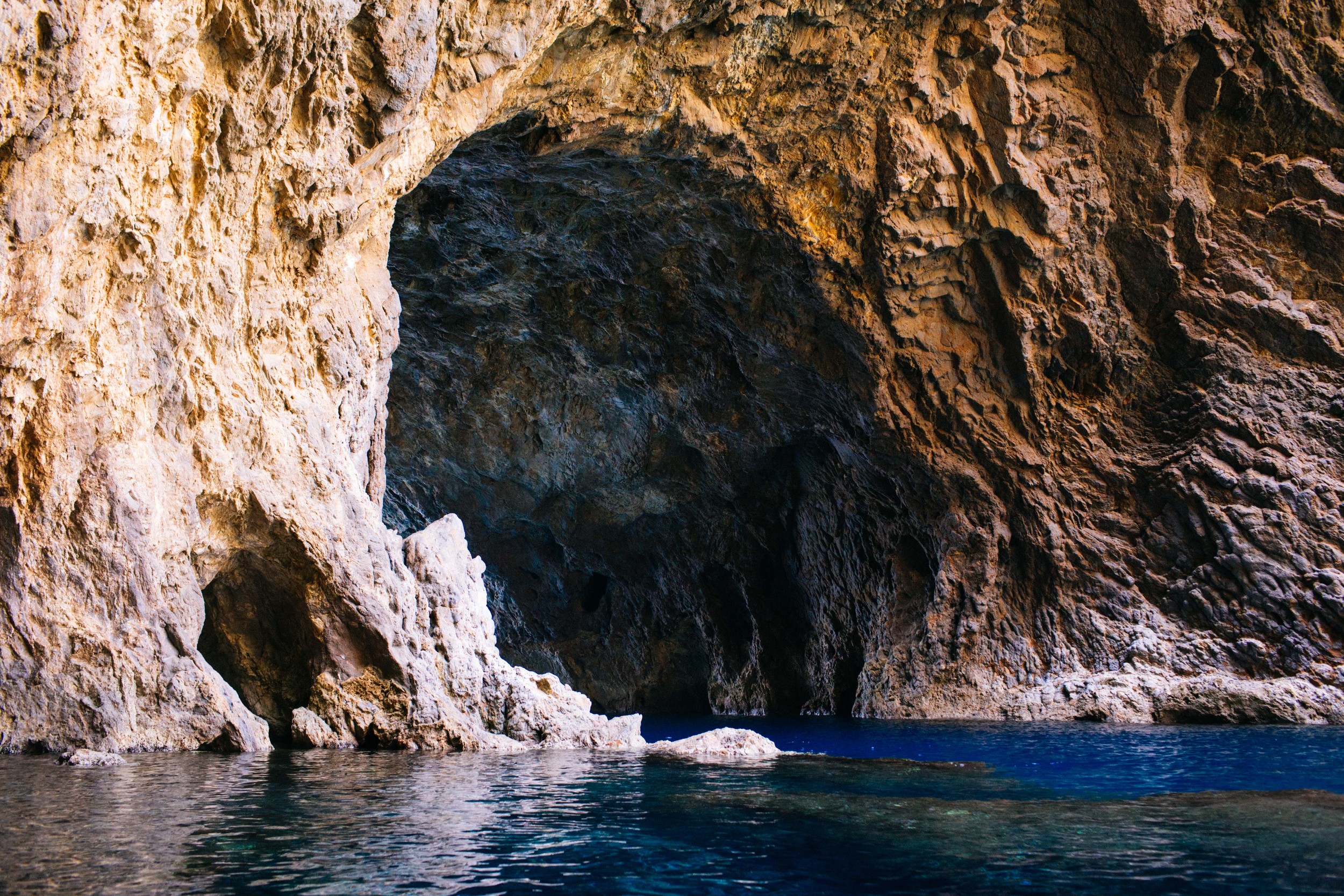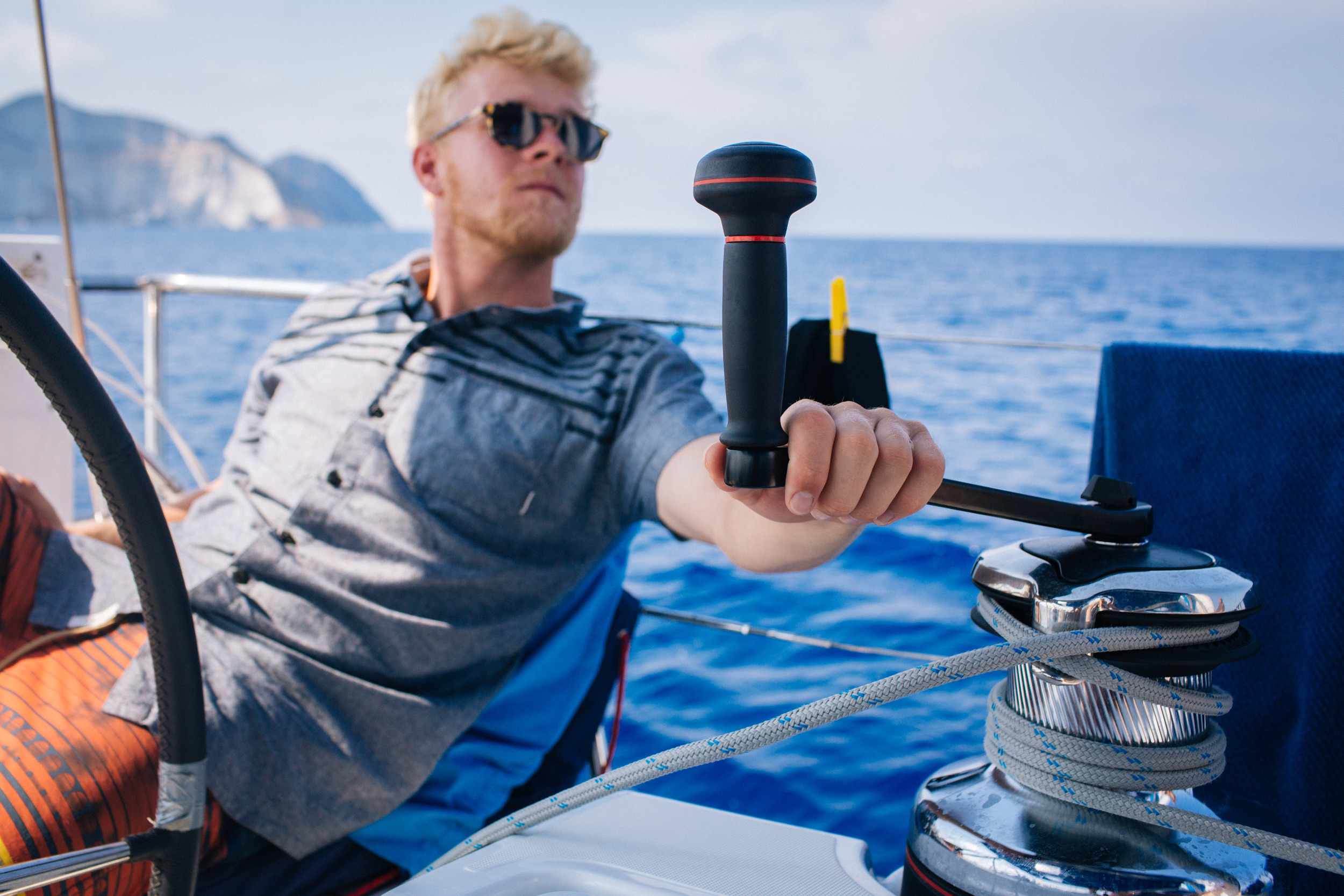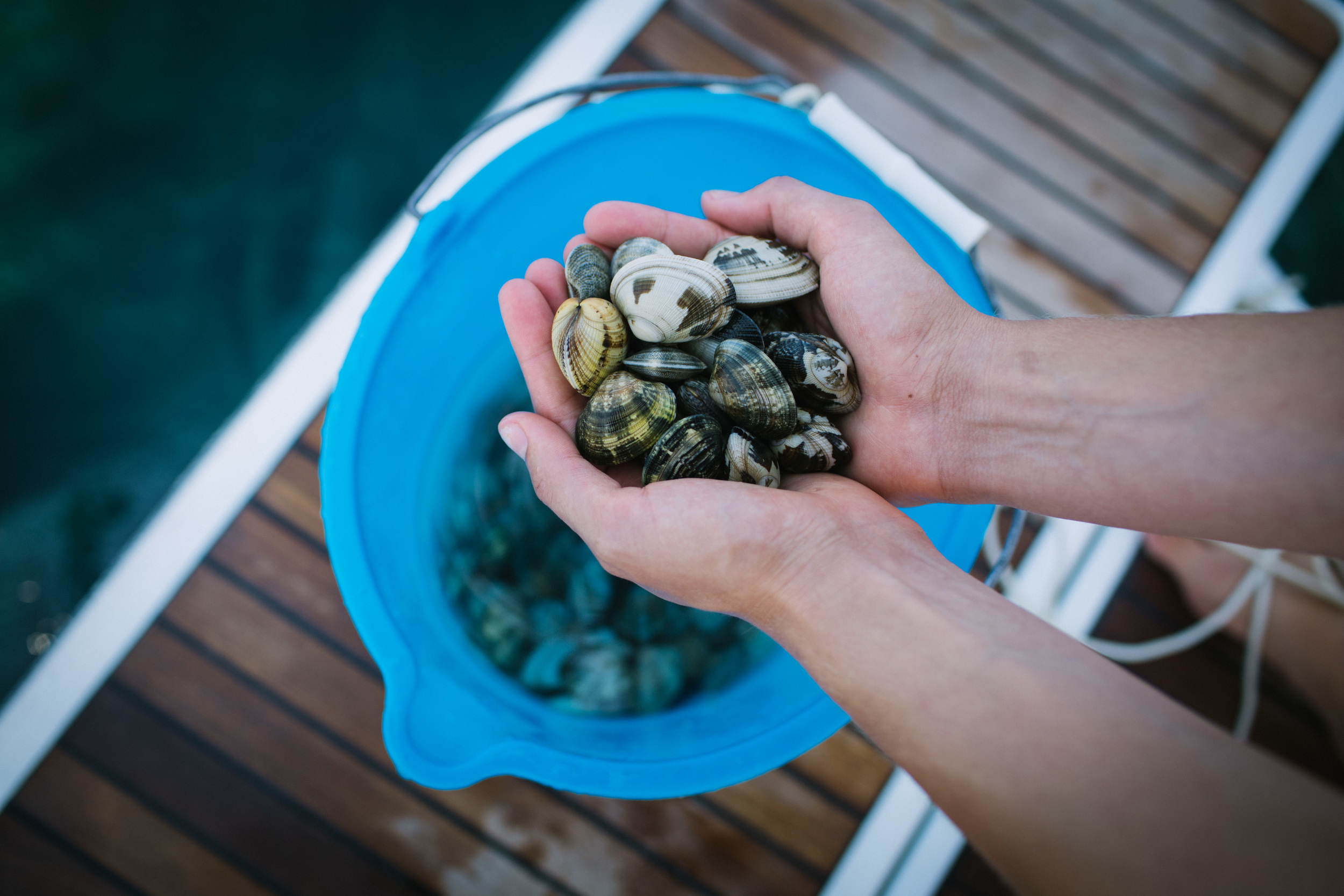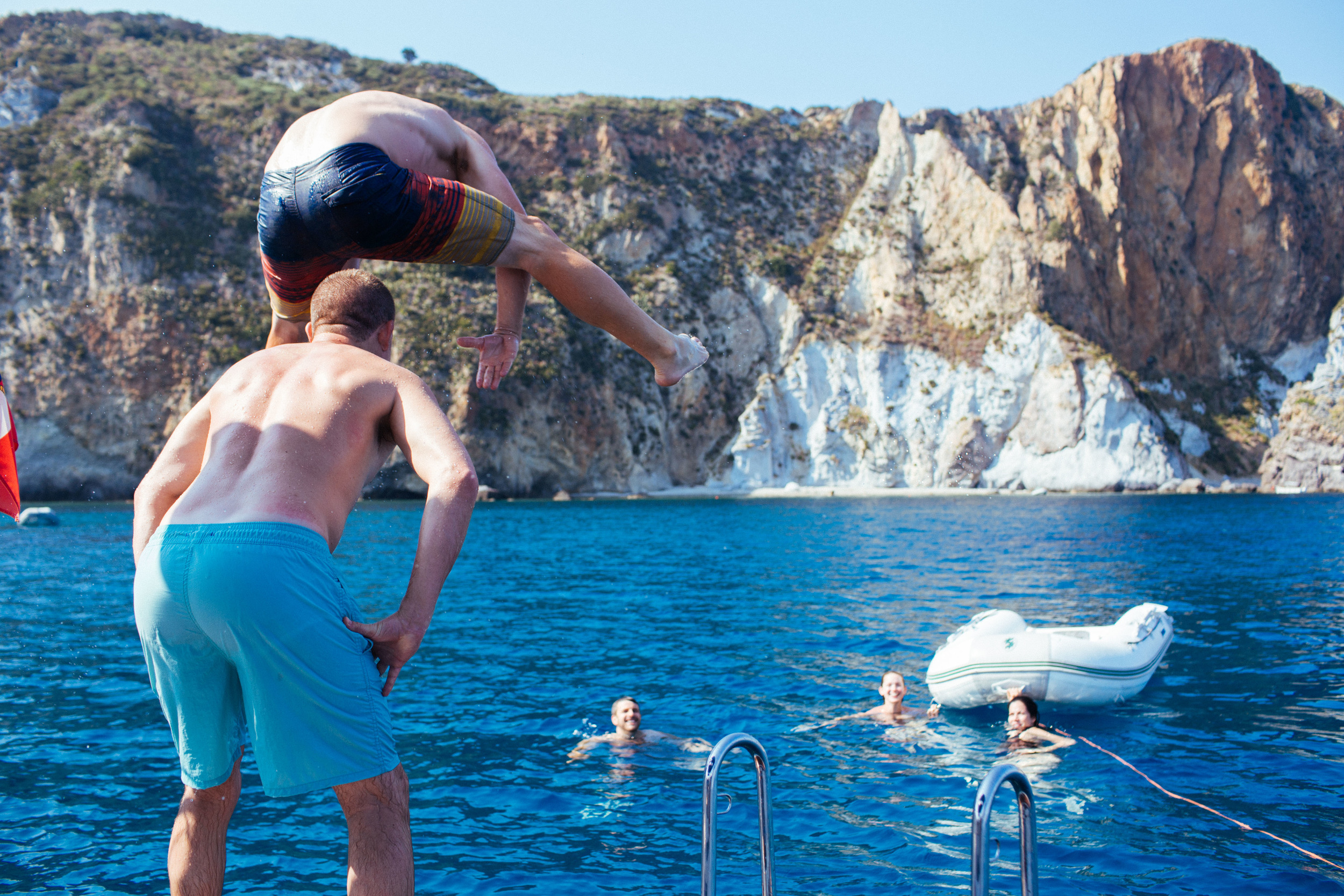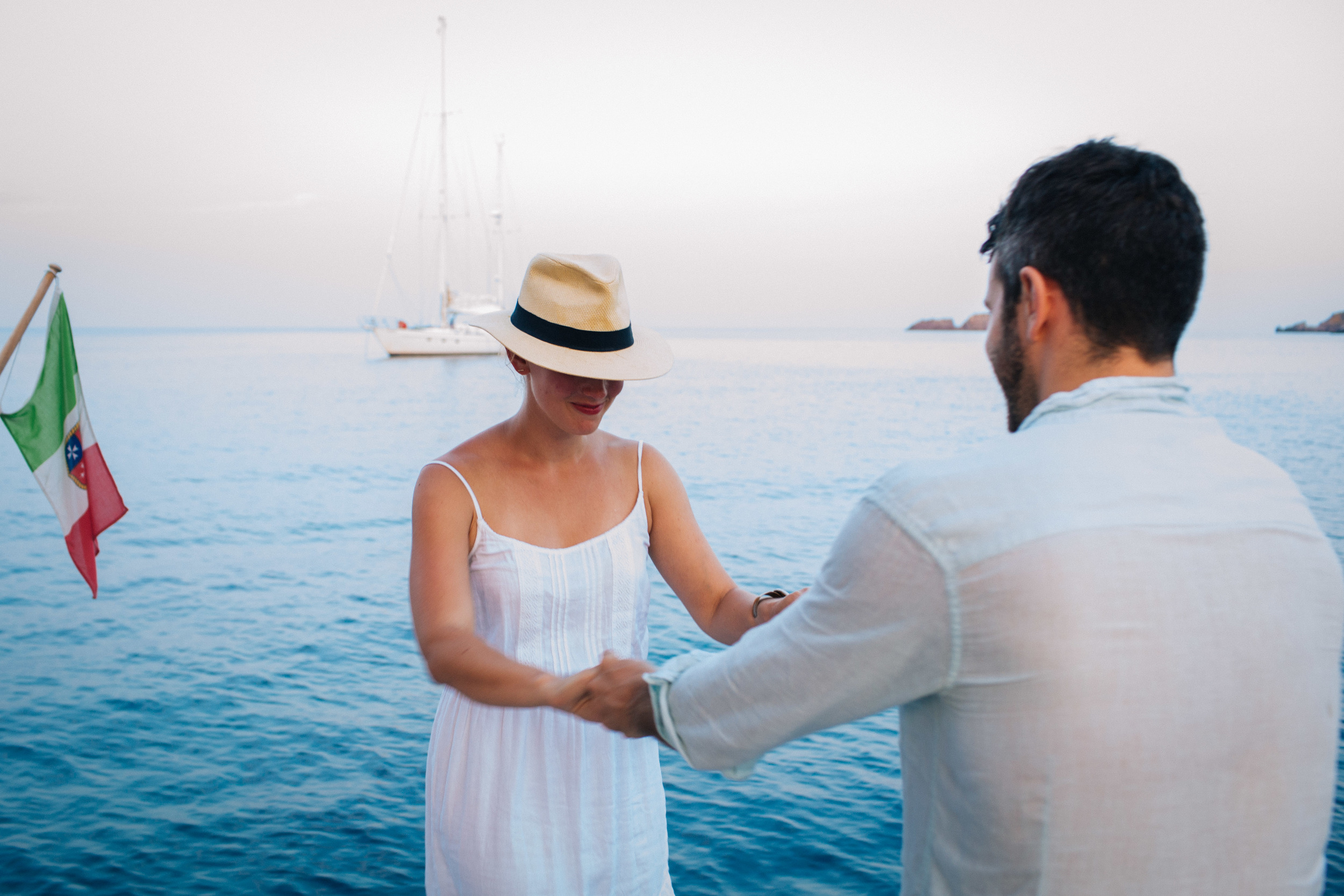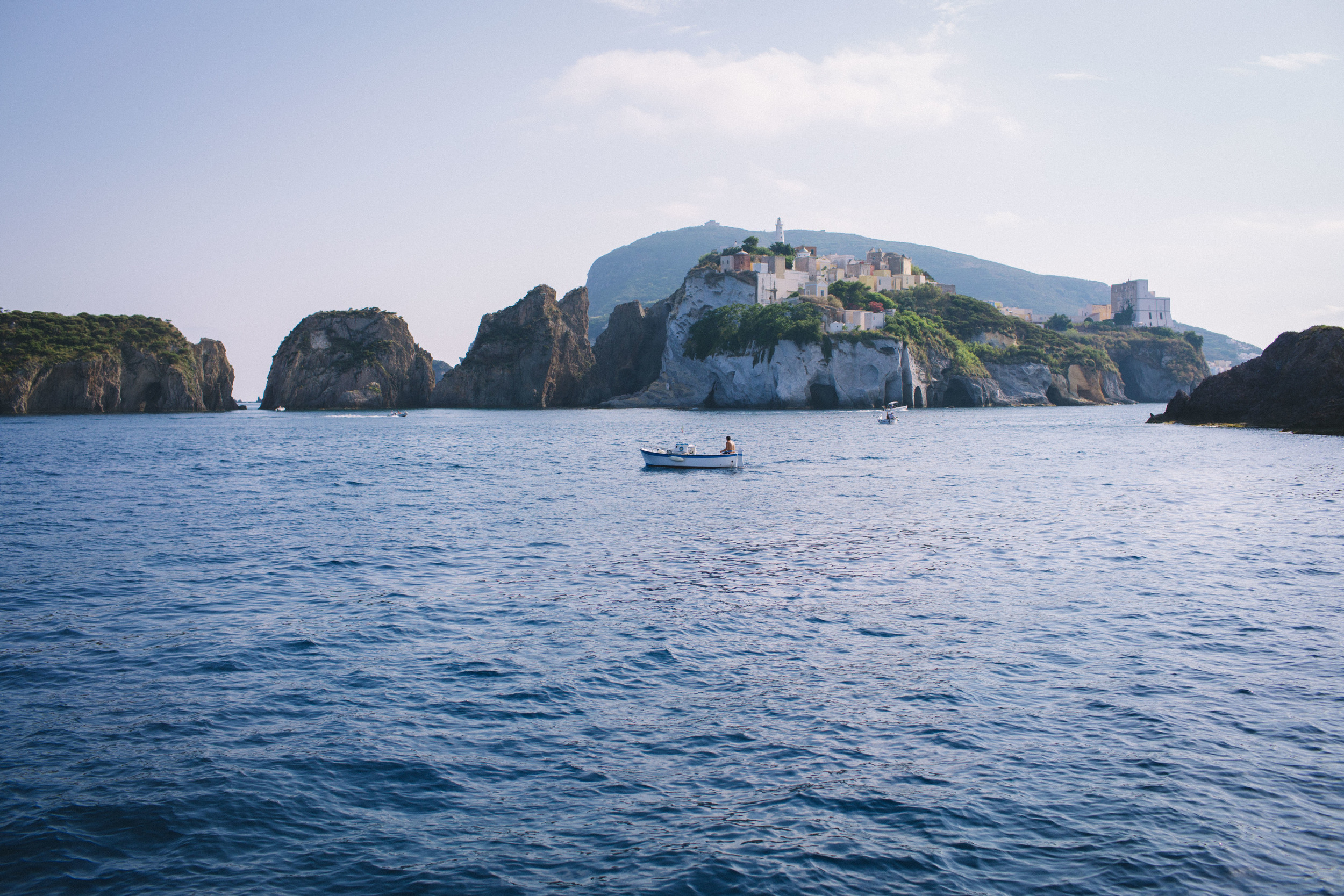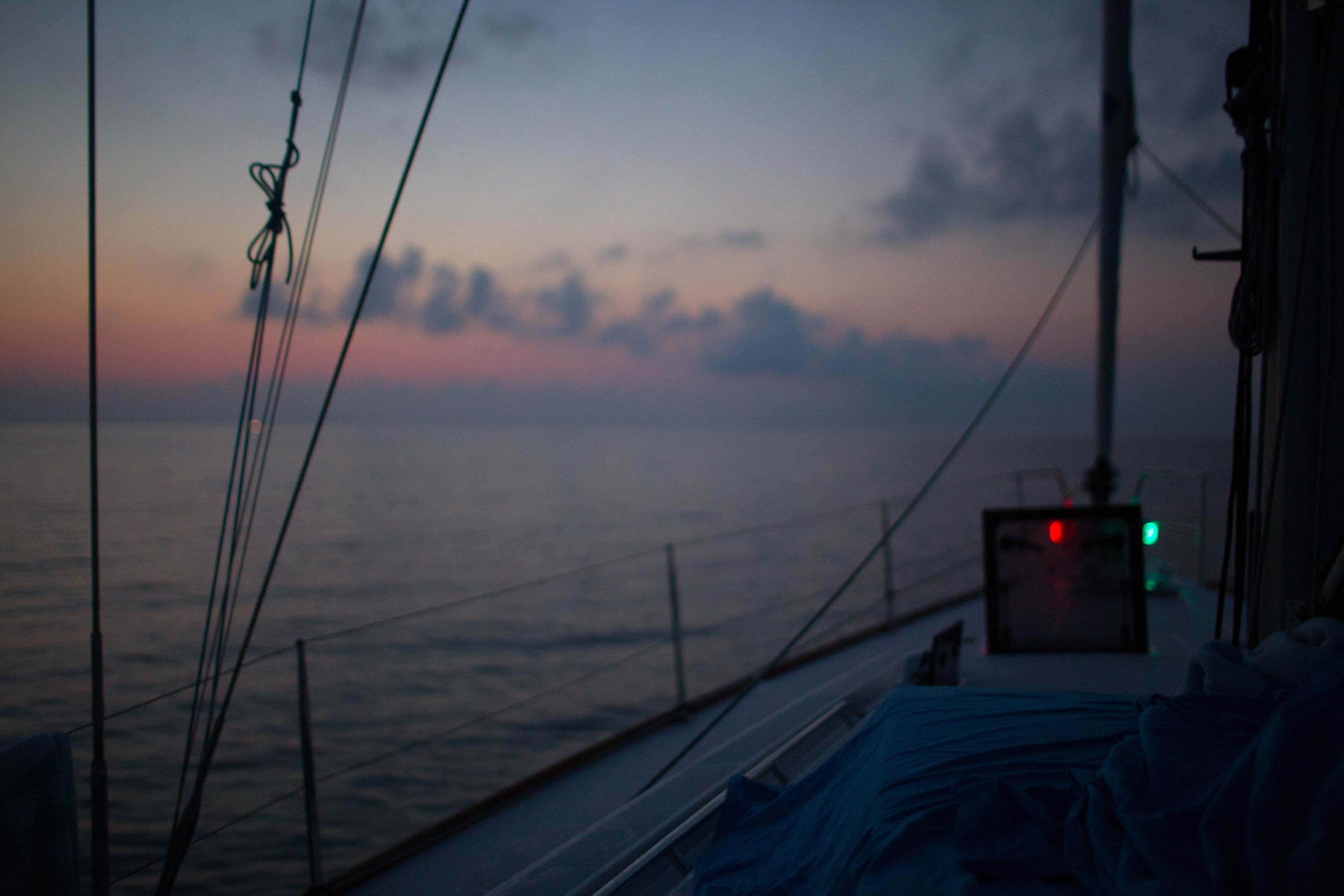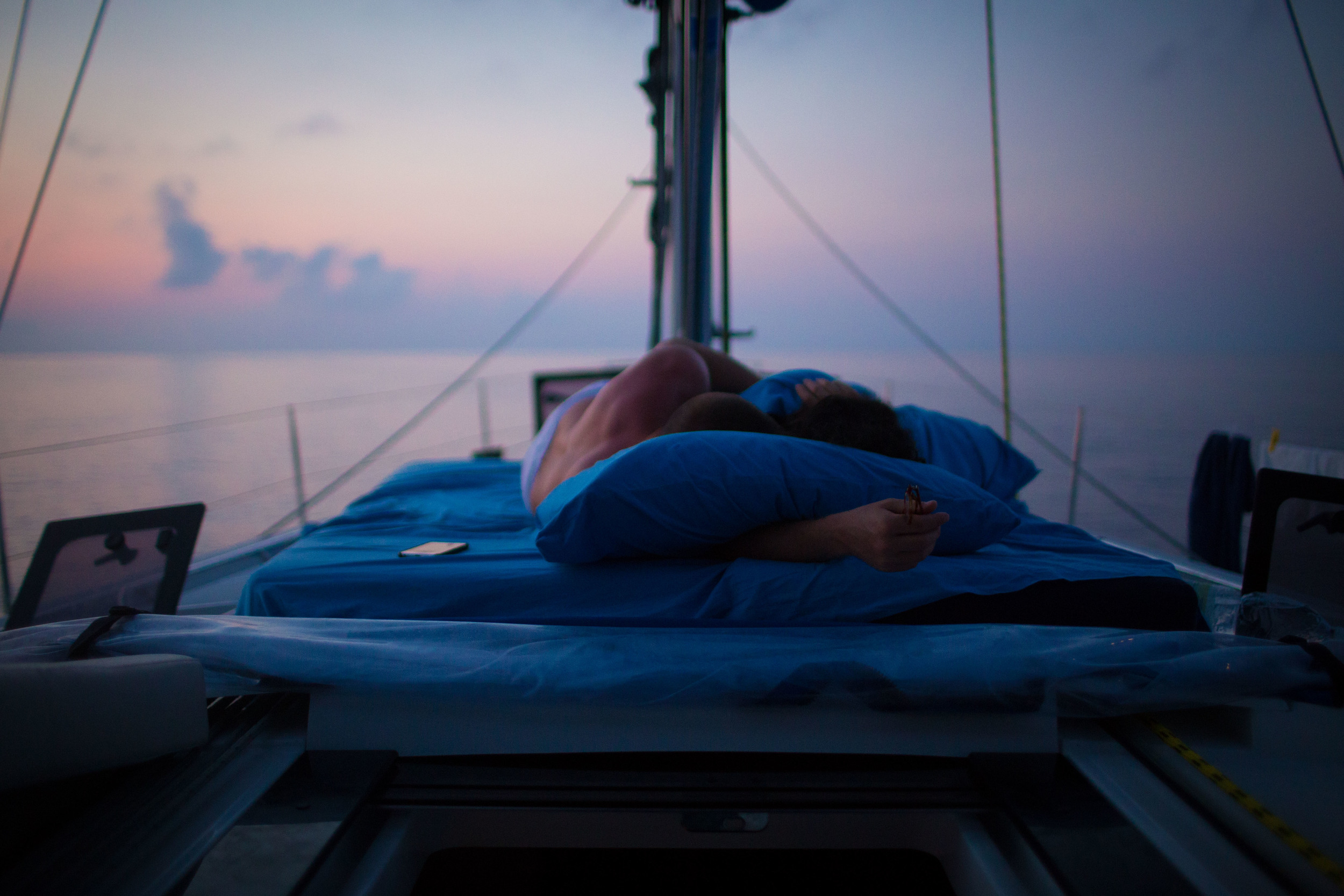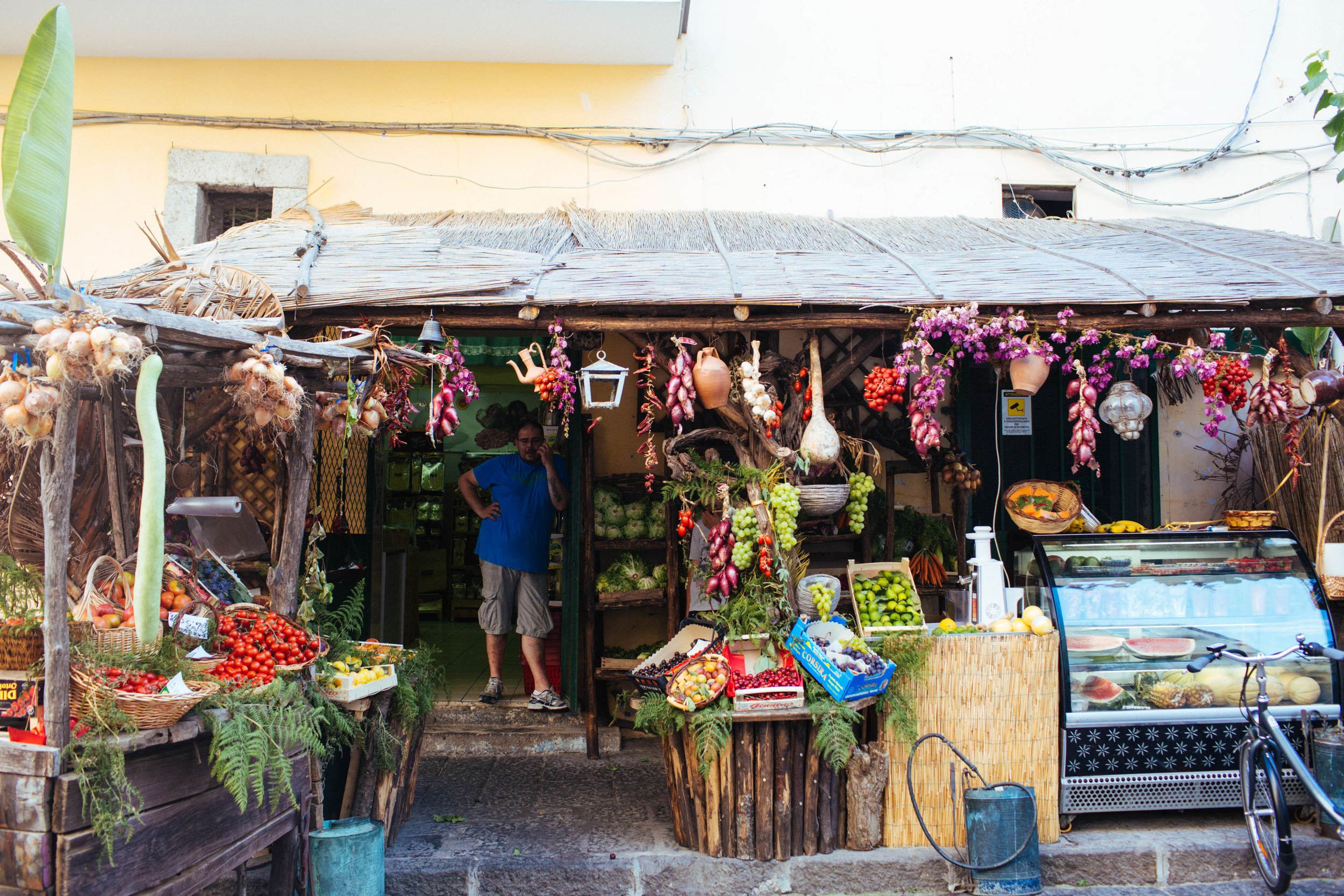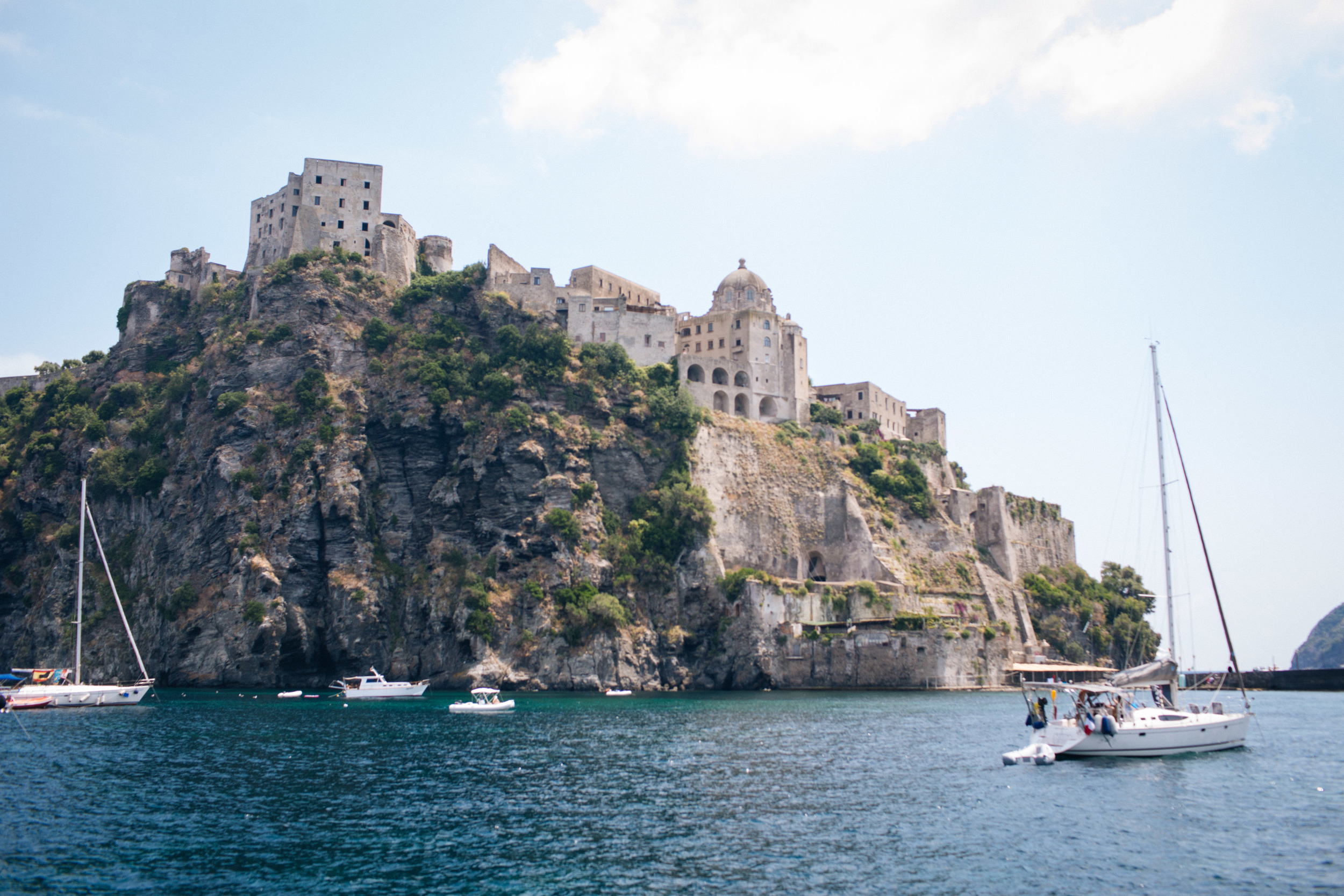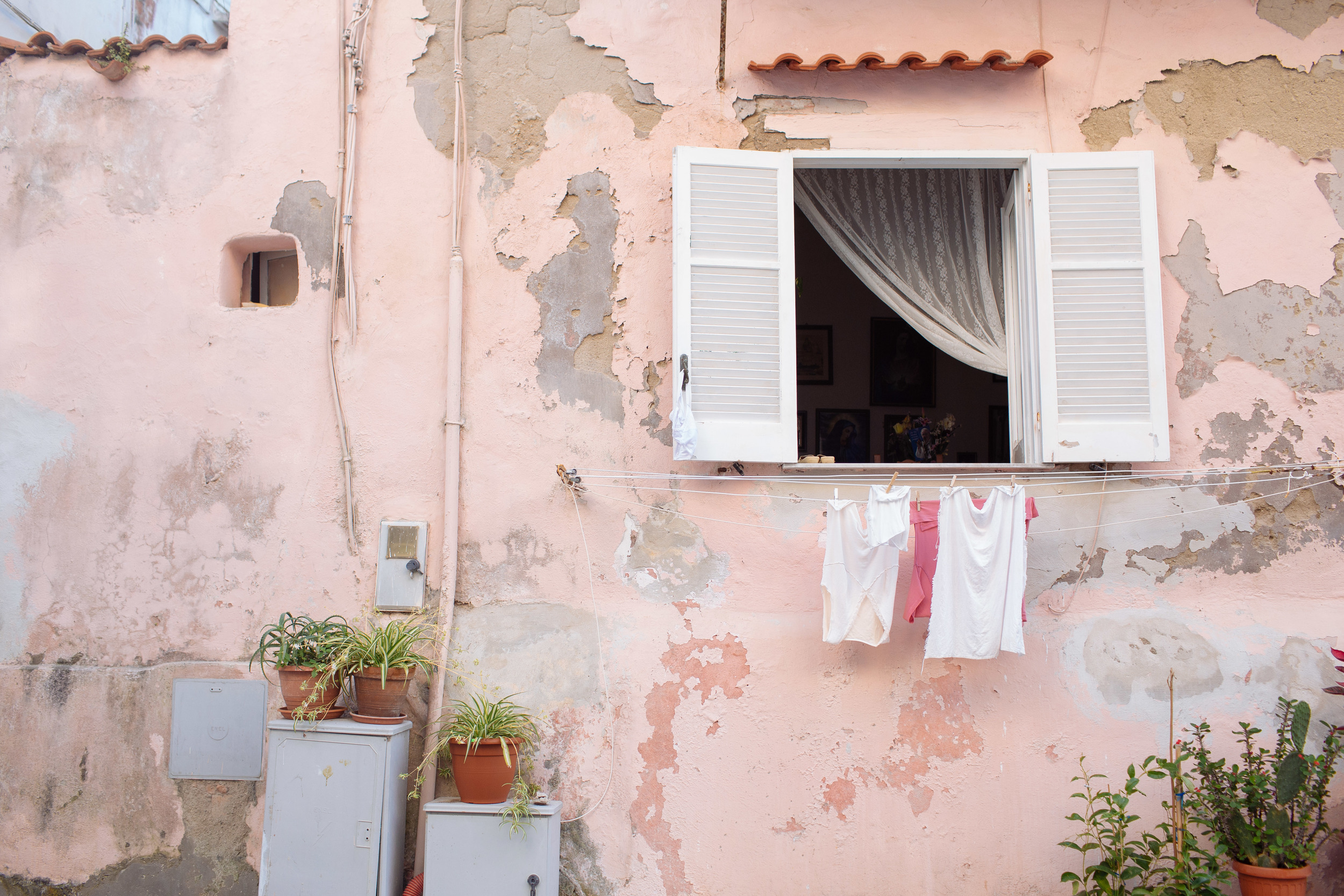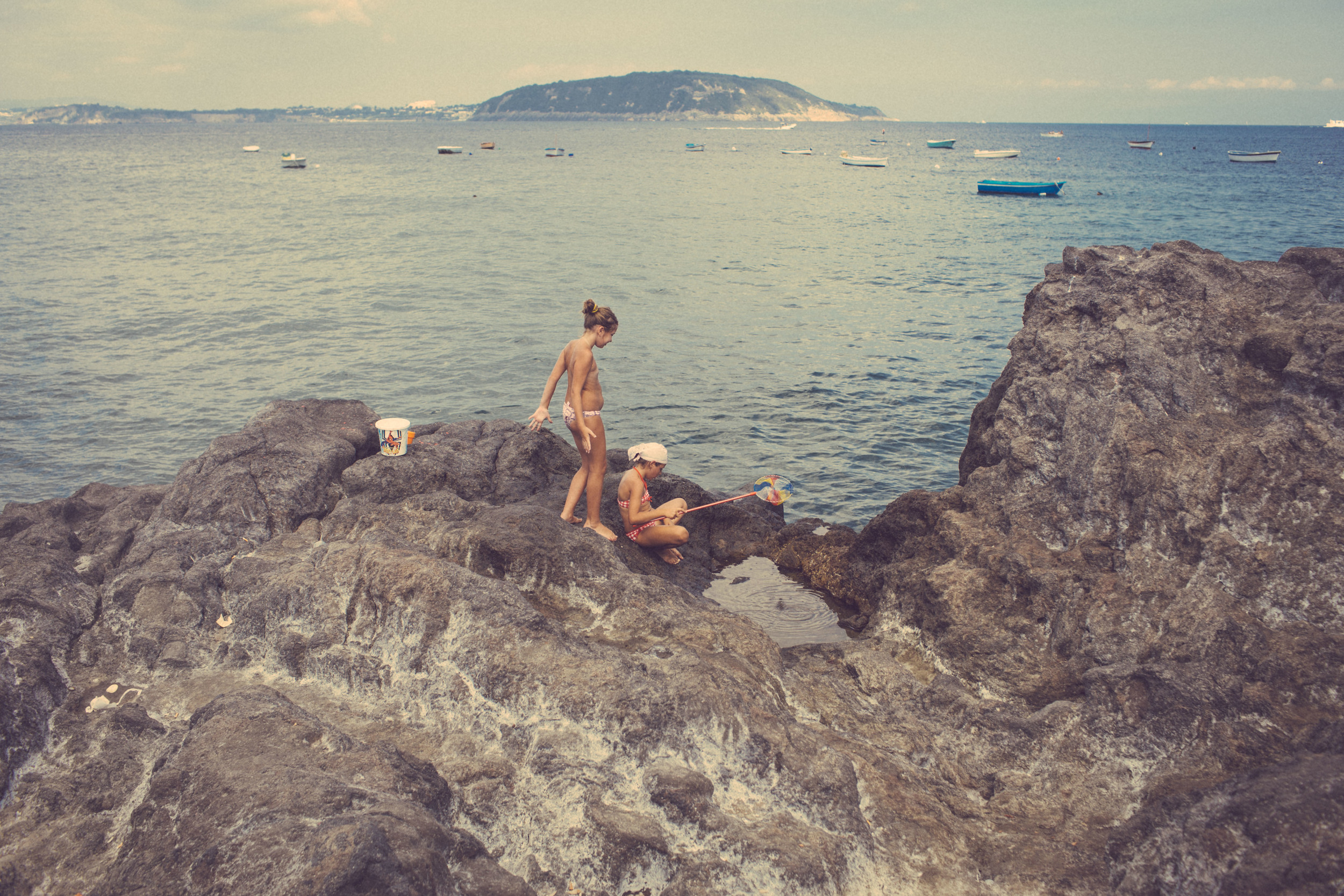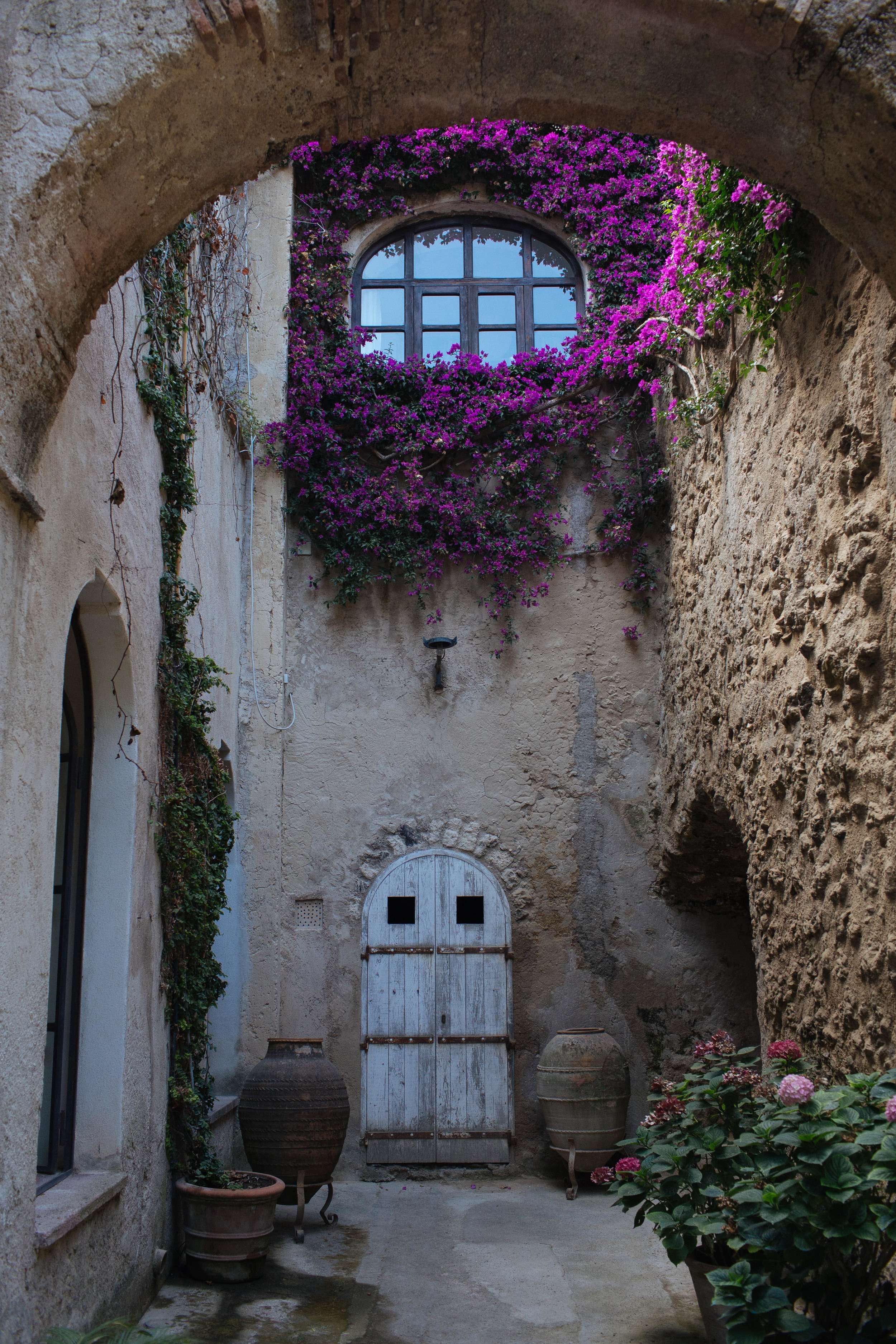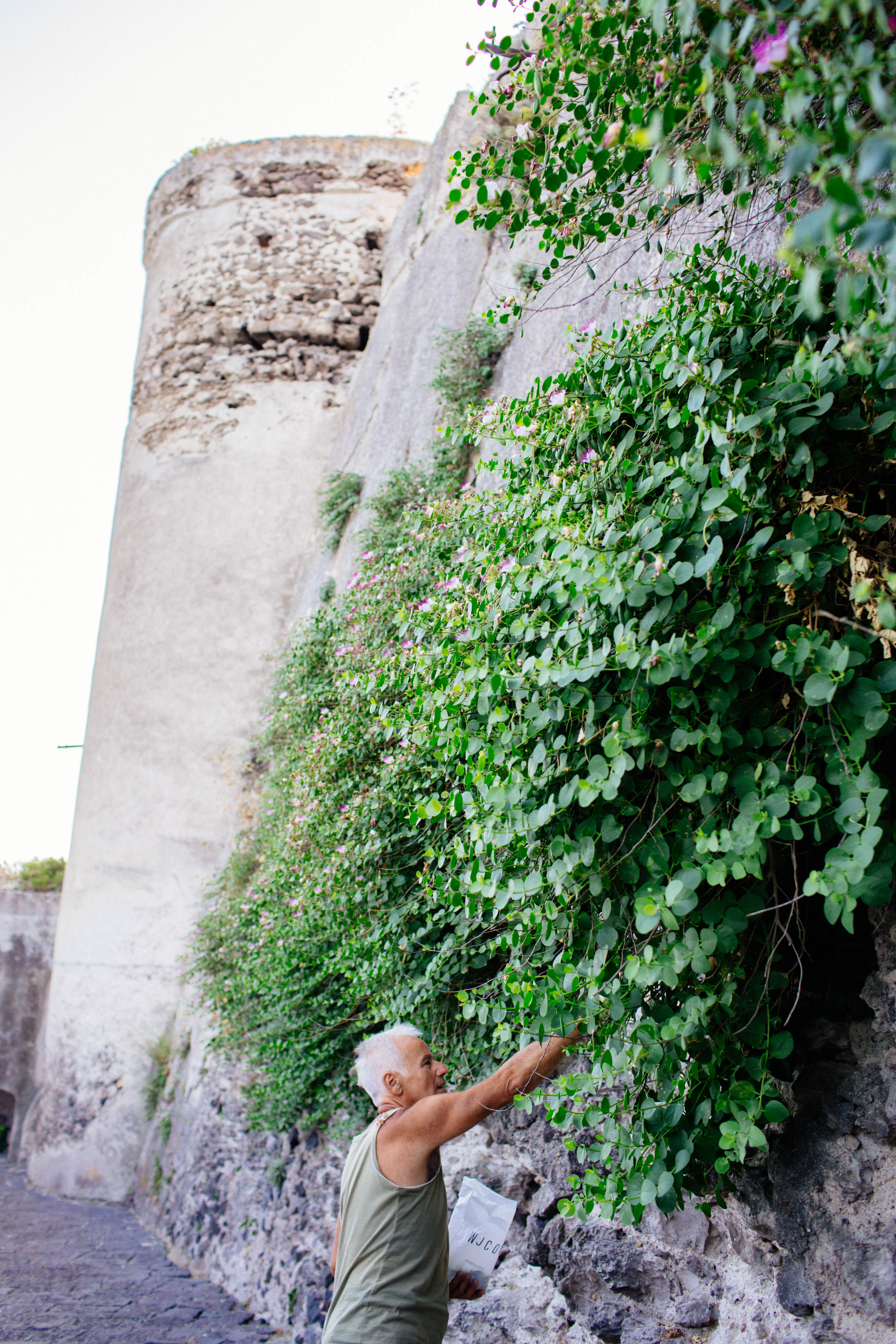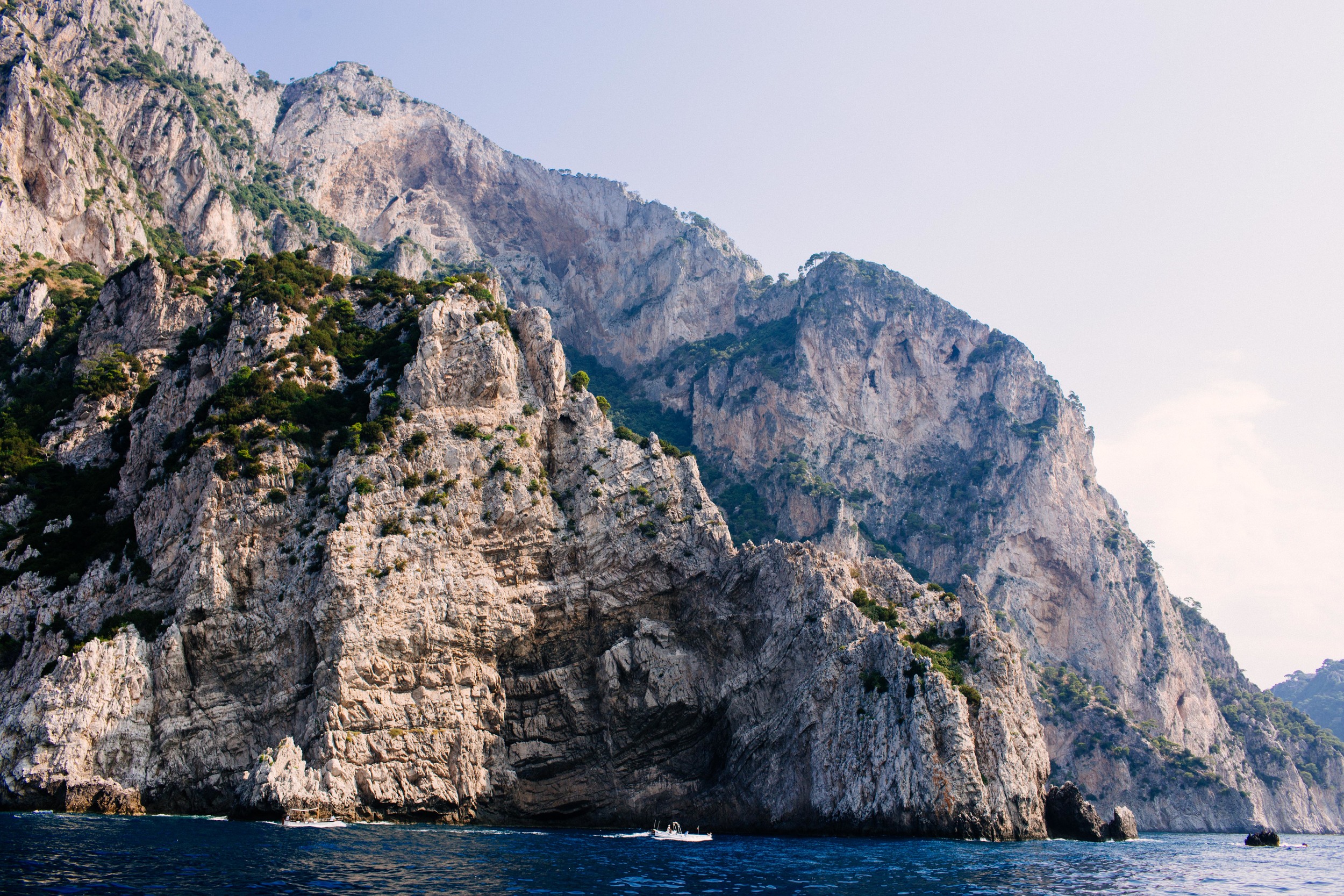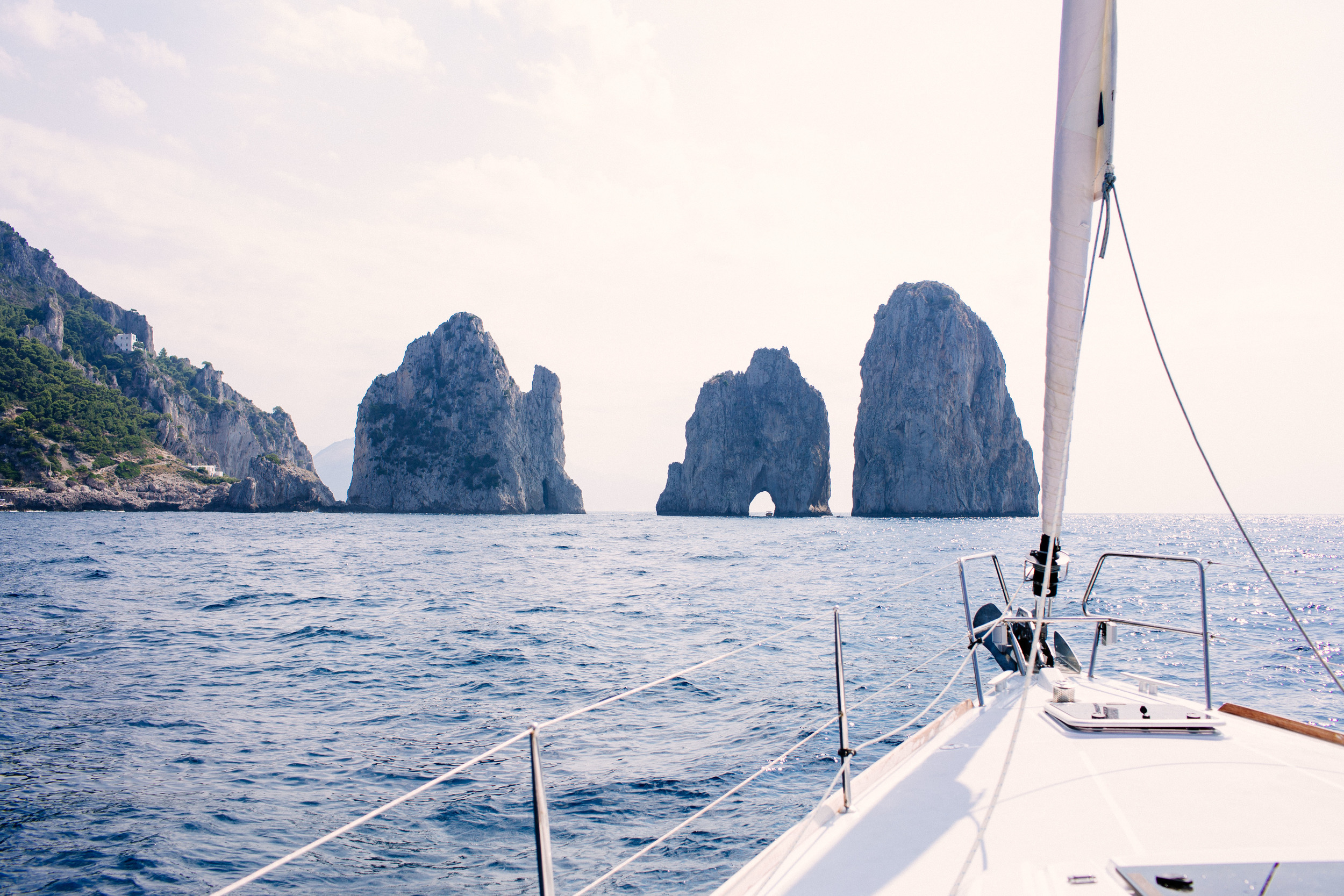If one were to look at a map of Italy, one would easily miss the small little islands equally spaced in the Tyrrhenian Sea off the coastal city of Naples.
Yet these islands -- Procida, Ventotene, Ponza, Palmarola, Ischia, and Capri --host the most dramatic union of natural and anthropological beauty I have ever seen. The whimsy in its people, its dramatic natural beauty, and the setting for serene sailing combined to make a truly unparalleled trip, both for myself, and for our guests.
When we first arrived to Procida, on a quick ferry from Naples, we were met with a row of pink and yellow homes facing the marina. Their bright but decaying paint jobs, with peeling walls and sloped wooden shutters, gave the appearance of an old but cheerful lot. We found this kind of colorful vibrance everywhere we visited, in both the architecture and the people: grandfathers convincing their grandchildren to make their first leap into the water off the bathing rocks of Ventotene; teenage girls gossiping in their soft sing-song Italian on the way back from the beach on Ischia; the cascading lemons, peaches, plums, apricots, heirloom tomatoes, and herbs that seduced you in to each hole-in-the-wall market. The islands lured you with their playful nature, allowing the common day-to-day stresses of life to gently flutter away.
Set juxtaposed from this cheerful whimsy was the sheer, spectacular display of hundred-foot white cliffs jutting vertically out of a royal blue sea. Of the islands, the three that marked itself so permanently into my brain were the white cliffs of Ponza, the blue-hued caves of Palmarola with its jagged-green rocks and lavender-pebbled beaches, and lastly, the jaw-dropping white-washed rocks on the south side of Capri, where flocks of white birds swirled in and out of its caves. Rarely do you see nature so naturally, unabashedly white, or caves flecked in gold. I felt humbled by its vastness, honored by its uniqueness. Most of this natural beauty went untouched, though occasionally, we came across a stunning castle built right into the rocks of its island. One such castle on the island of Ischia was remarkable for its view of the town and sea below. Despite its sometimes dark history (it was used as a political prison in the 20th century), one got a sense that this castle was as much for enjoying the pleasure of viewing these islands as it was for guarding it.
The winds seemed to always be in our favor, with a gentle breeze that blew in our direction. There is a quieting effect to sailing--when the seas are calm and the weather is fair--that leaves one in sort of a serene dream-state. Because of your place on the horizon, you are always looking at the rise and fall of the sun and moon, and this cycle tunes us in to a natural state we've forgotten. On one of our final mornings, we rose at 4 am to depart from Ponza and make the 60-mile sail to Ischia. Our journey began East, directly into a sun that slowly began to fill the sky, composing a gradient of yellow to orange to blue. Our guests slept onboard and as they woke, their faces showered in gold light, our sailboat--both our home and our vessel for the week--crept across a placid ocean.
It is hard for one to ever find a sense of stillness or tranquility these days, and yet I found it nearly every morning and night in these islands. From the soothing effects of the natural hot springs on Ischia to the curdled yellow highway reflected from the moon across the water each night, these islands are bathed in a magic unlike any other. They will forever be imprinted in my mind as jewels of the Italian sea.
